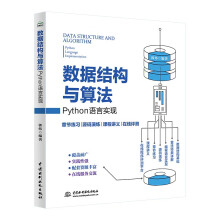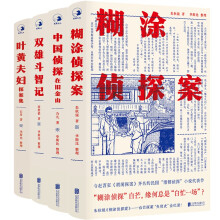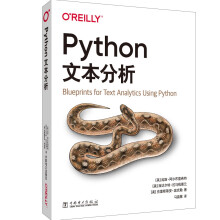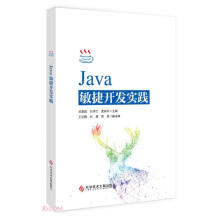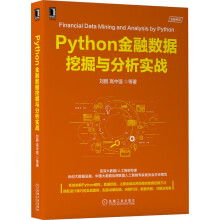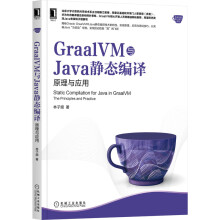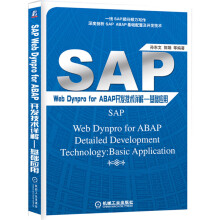第一章 为什么要教艺术
教艺术的正当理由
(Justifications for the Teaching of Art) …………………… 2
以艺术的功能作为肯定艺术教学之根据
(The Functions of Art as Sources of Justification for its
Teaching) ………………………………………………… 10
第二章 当今艺术教育的特质、地位和目标
学校教育的隐含功能
(Covert Functions of Schooling) ………………………… 18
现行艺术课程的特质
(Characteristics of Current Art Programs) ……………… 24
第三章 学校艺术教育的起源:溯古谈今话沿革
艺术与教育先驱
(Art and the Educational Pioneers) ……………………… 28
欧洲对艺术教学的影响
(European Influences on the Teaching of Art) ………… 34
史密斯与艺术的工业用途
(Walter Smith and the Industrial Uses of Art) …………… 36
杜威与以儿童为中心的时代
(John Dewey and the Age of Child) ……………………… 40
艺术鉴赏的道德功能
(The Moral Uses of Art Appreciation) …………………… 45
革新学派里的艺术教学
(The Teaching of Art in Progressive Schools) …………… 47
大萧条时期的艺术教育
(Art Education During the Great Depression) …………… 52
英雄时代的艺术教学
(The Teaching of Art During the Age of the Heroes) …… 56
第四章 艺术学习的启蒙
艺术学习的多面观
(The Multiple Aspects of Artistic Learning) …………… 64
视觉形式的表现内容
(The Expressive Content of Visual Form) ……………… 69
艺术学习的创作层面
(The Productive Aspects of Artistic Learning) ………… 77
理论推测谈儿童艺术的变迁
(Theory and Speculation Concerning Changes in Children’s
Art) ……………………………………………………… 79
儿童艺术概念之摘要
(A Summary of Conceptions of Children’s Art) ………… 92
艺术活动的两个模式
(Two Modes of Artistic Action) ………………………… 97
象形与具象艺术
(Pictographic and Representational Art) ……………… 99
艺术学习的批评领域
(The Critical Aspects of Artistic Learning) ……………… 103
第五章 艺术学习的实证研究
艺术行为是一种智慧的表现
(Artistic Action as a Mode of Intelligence) ……………… 109
实证上有关儿童艺术发展的归纳
(Empirical Generalizations Concerning Children’s Artistic
Development) …………………………………………… 113
不同优劣环境下儿童的绘画发展特征
(The Developmental Drawing Characteristics of Advantaged and
Disadvantaged Children) ………………………………… 120
艺术学习的批评层面之研究
(Research on the Critical Aspects of Artistic Learning) … 129
视觉艺术的测验资料
(Tests in the Visual Arts) ……………………………… 135
艾斯纳的艺术知识与艺术态度问卷
(The Eisner Art Information and Art Attitude Inventories) … 140
第六章 设计艺术教育课程可能实现的展望
“课程”的意义
(The Meaning of“Curriculum”) ……………………… 147
教学目标的运用与滥用
(The Use and Abuse of Instructional Objectives) ……… 148
表现目标的用途
(The Use of Expressive Objectives) …………………… 150
连贯性与顺序性
(Continuity and Sequence) ……………………………… 152
学习的活动:课程的核心
(The Learning Activity:The Heart of the Curriculum) … 155
艺术教育课程的种类
(Types of Curricula in Art Education) ………………… 161
斯坦福的凯特琳计划
(Stanford’s Kettering Project) ………………………… 163
第七章 意义与隐喻:艺术教学的艺术与学理之分析
教学范畴
(Dimensions of Teaching) ……………………………… 170
认定教学成果的模式
(A Model for Identifying Instructional Outcomes) ……… 174
有关艺术教学的研究
(Research on Teaching Art) …………………………… 181
第八章 儿童的艺术成长能予评量吗?
评量和测验之不同
(Evaluation and Testing Are Not Identical) …………… 193
测验和评分之不同
(Testing and Grading Are Not Identical) ……………… 195
评量的范畴
(Contexts for Evaluation) ……………………………… 196
什么是可以评量的?
(What Can Be Evaluated?) …………………………… 200
评量创造性的类型
(Evaluating Types of Creativity) ………………………… 205
艺术批评是一种评量的方式
(Art Criticism as a Type of Evaluation) ………………… 210
第九章 艺术教育的研究工作有何期待?
艺术教育功能研究
(The Functions of Research in Art Education) ………… 225
理论的应用
(The Uses of Theory) …………………………………… 228
科学研究的一些限制
(Some Limitations of Scientific Research) ……………… 231
科学研究的贡献
(The Contributions of Scientific Research) ……………… 235
第十章 从科学时代到艺术时代
主要观念的摘要
(A Summary of Major Ideas) …………………………… 241
美国社会的特性
(Some Characteristics of American Society) …………… 250
美国学校的特征
(Some Characteristics of American Schools) …………… 255
学校和社会平行性
(Parallels Between School and Society) ………………… 259
艺术有什么贡献?
(What Can Art Contribute?) …………………………… 263

